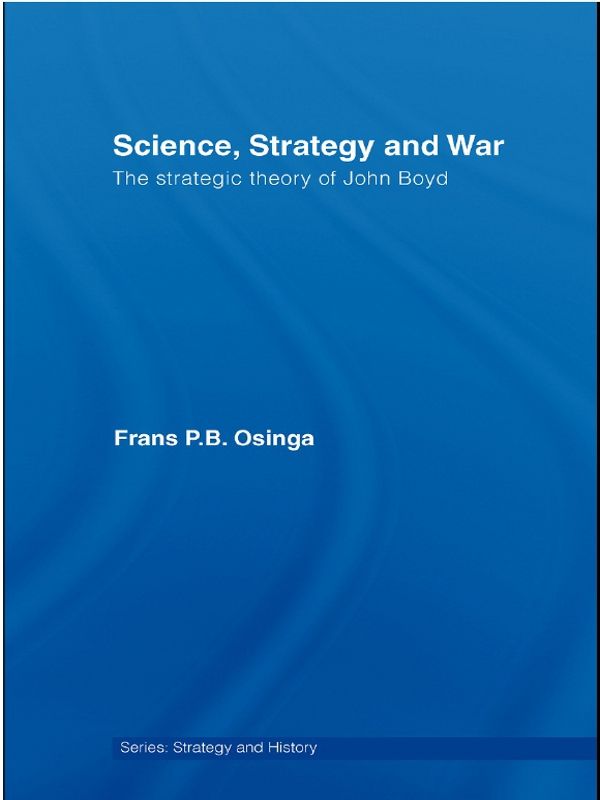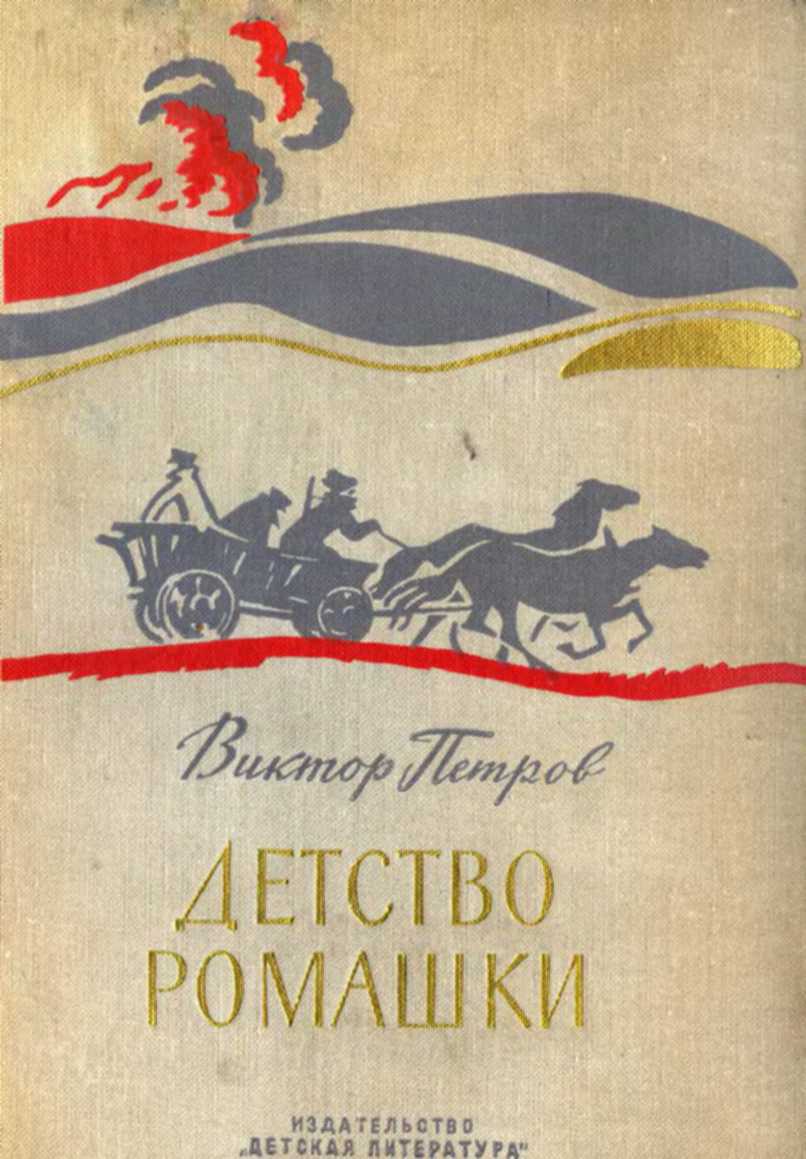James Burton, The Pentagon Wars: Reformers Challenge the Old Guard, Annapolis, MD: Naval Institute Press, 1993, p. 10.
6 Colin Gray, Modern Strategy, Oxford: Oxford University Press, 1999, pp. 90–1.
7 In Chapter 2 Boyd’s involvement with the development of AirLandBattle will be elaborated upon.
8 British Defence Doctrine, Joint Warfare Publication 0-01, London: Her Majesty’s Stationery Office, 1997, pp. 4.8–4.9.
9 See for Boyd’s role for instance Richard Hallion, Storm over Iraq, Air Power and the Gulf War, Washington, D.C.: Smithsonian Institution Press, 1992, pp. 38–42, and pp. 278–81.
10 Coram, op. cit., pp. 425, 444. The other two were Mike Wyly and Huba Wass de Czege, who were closely involved in the doctrinal shifts of the US Marines and US Army respectively. Chapter 31 of Coram’s book describes Boyd’s role in Desert Storm.
11 Ibid., pp. 446–7.
12 See the interview with general Tommy Franks in P. Boyer, ‘The New War Machine’, The New Yorker, 30 June 2003, p. 70. In the article the author also introduces the military reform movement and Boyd’s role in it, asserting that current US Secretary of Defense Donald Rumsfeld had been influenced in the seventies and eighties and had become a supporter for military reform and innovation in strategy. Franks repeated this in his biography An American Soldier, New York: Regan Press, 2004, on p. 466. However, for a balancing view see William Lind’s reaction to various commentators ‘The Three Levels of War, Don’t Take John Boyd’s Name in Vain’, Counterpunch, 3 May 2003. Online. Available at: www.counterpunch.org/ lind05032003.html (accessed 16 December 2003).
13 Grant Hammond, The Mind of War, John Boyd and American Security, Washington, D.C.: Smithsonian Institution Press, 2001, p. 56.
14 Ibid., p. 11.
15 See George Stalk, Jr. and Thomas M. Hout, Competing Against Time, How Time-Based Competition Is Reshaping Global Markets, New York, The Free Press, 1990, pp. 180–4. The copy of this book in Boyd’s possession includes a note of appreciation to Boyd by the authors.
16 Coram, op. cit., p. 429.
17 General C.C. Krulak, Commandant of the Marine Corps, Inside the Pentagon, 13 March 1997, p. 5.
18 See Gray, op. cit., p. 91. See for similar interpretation David Fadok, who wrote one the earliest studies on Boyd, stating that for Boyd the crux of winning becomes the relational movement of opponents through their respective OODA loops; David S. Fadok: John Boyd and John Warden: Air Power’s Quest for Strategic Paralysis, in Col. Phillip Meilinger (ed.), The Paths to Heaven, Maxwell AFB: Air University Press, 1997, p. 366. Fadok distills the gist from Boyd’s slides and presents them clearly in a chapter in which he compares and contrasts Boyd and Warden. As such it is an excellent primer on Boyd’s ideas.
19 Chairman of Joint Chiefs of Staff, Joint Vision 2010, Washington, D.C.: US Department of Defense, 1996, cited in Lonnie D. Henley, ‘The RMA After Next’, Parameters, Winter 1999–2000, p. 46. For other examples see for instance Phillip S. Meilinger, ‘Air Targetting Strategies: An Overview’, in Richard Hallion, Air Power Confronts An Unstable World, London: Brassey’s, 1997, pp. 60–1; Phillip S. Meilinger, Ten Propositions Regarding Air Power, Washingon, D.C.: Air Force History and Museums Program, 1995, pp. 31–2; Gary Vincent’s two articles ‘In the Loop, Superiority in Command and Control’, Airpower Journal, Vol. VI, Summer 1992, pp. 15–25, and ‘A New Approach to Command and Control, the Cybernetic Design’, Airpower Journal, Vol. VII, Summer 1993, pp. 24–38. See also Gordon R. Sullivan and James M. Dublik, ‘War in the Information Age’, Military Review, April 1994, p. 47, where the authors lay out a vision of war in the information age, incorporating the same pictogram of the OODA loop as used above. Remarkably, Boyd is not listed as the intellectual father of the OODA loop, suggesting that the OODA construct had already become very commonplace..
20 Such as Shimon Naveh, In Pursuit of Excellence: The Evolution of Operational Theory, London: Frank Cass, 1997.
21 See David R. Mets, ‘Boydmania’, Air & Spacepower Journal, Fall 2004, Vol. XVIII, no. 3, pp. 98–107.
22 See examples in note 19. In addition, see Paolo Bartolomasi, ‘The Realities and Challenges for Concepts and Capabilities in Joint Manoeuvre’, RUSI Journal, August 2000, pp. 8, 9.
23 Thomas Hughes, ‘The Cult of the Quick’, Airpower Journal, Vol. XV, no. 4, Winter 2001, pp. 57–68. Only in the endnotes does Hughes acknowledge that Boyd’s ideas are more complex than this interpretation.
24 See for a recent informed but still unsatisfactory discussion on the merits of the OODA loop in this respect, for instance, Tim Grant and Bas Kooter, ‘Comparing OODA & other models as Operational View C2 Architecture’, paper delivered at the 10th International Command and Control Symposium. Online. Available at: www.ccrp.osd.dod.mil (accessed 15 December 2005).
25 See Jim Storr, ‘Neither Art Nor Science – Towards a Discipline of Warfare’, RUSI Journal, April 2001, p. 39. Emphasis is mine. Referring to Karl Popper, Storr states that ‘induction is unsafe’ and ‘to generalize about formation-level C2 from aircraft design is tenuous’.
26 Hammond, op. cit., p. 13.
27 Coram, op. cit., p. 329. In recent years an attempt has been made to make his work accessible through the maintenance of a website dedicated to his work. See www.belisarius.com.
28 Fadok’s study has been mentioned already. In addition see Anthoni Rinaldi, ‘Complexity Theory and Air Power; a new paradigm for air power in the 21st century’, in Complexity, Global Politics and National Security, Washington, D.C.: NDU Press. Online. Available at: www.ndu.edu/ndu/inss/books/complexity/ch10a.html (accessed 11 February 1999), and Michael T. Plehn, ‘Control Warfare: Inside The OODA Loop’, Maxwell AFB: Air University Press, June 2000.
29 Robert Coram’s work focuses in particular on Boyd’s life and less on Boyd’s strategic theory. Grant Hammond’s study surpasses Coram in his rendering of Boyd’s strategic theory, but while touching upon Boyd’s wide array of sources underlying his work, space restrictions prevented a proper discussion of the intellectual background of Boyd’s





